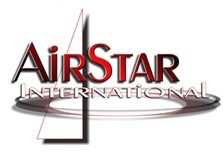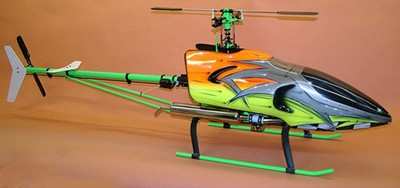Tue, Jan 26, 2010
Parent Company Mundus Group Signs LOI With Litigation Animation
Inc.
 One of the recognized roles for non-military UAVs is as a
camera platform that can go places a conventional aircraft can't.
Mundus Group has signed a Letter of Intent with Litigaion Animation
Inc. to provide that company with forensic images for animation
used in litigation. The camera platform will be UAVs manufactured
by it's subsidiary, AirStar.
One of the recognized roles for non-military UAVs is as a
camera platform that can go places a conventional aircraft can't.
Mundus Group has signed a Letter of Intent with Litigaion Animation
Inc. to provide that company with forensic images for animation
used in litigation. The camera platform will be UAVs manufactured
by it's subsidiary, AirStar.
Aerial images are used to help orientate the viewer to an
accident scene. They can also be used to determine lines of sight,
distances, positions and establish time lines for various events.
LAI uses helicopters, airplanes, satellites, cranes, remote control
aircraft, and pole cams to acquire aerial images. Survey data is
used to modify aerials to correct dimensions.
Litigation Animations says the advantages of having a strategic
relationship with AirStar include the cost effectiveness of quick
access and professional aerial photography at a fraction of the
cost of using the full sized manned helicopters. Manned helicopters
are not able to fly in close proximity to the site like the UAVs,
which are smoother, quieter and generally unnoticed, as they do not
disturb the immediate vicinity as a manned helicopter would. With
the public safety benefits and superior aerial maneuverability of
AirStar's UAVs, they are also used to videotape vehicle motion
during accident reconstruction. The subsequent video is then used
to calibrate the vehicle velocities.

File Photo
LAI engineers 3D mathematical computer models that are driven by
the experts' simulation data, 3D survey data, eyewitness testimony,
and physical evidence gathered from the scene. These accurate 3D
computer models are used to determine lines of sight, and objects'
positions and size.
Accident photographs are engineered into three-dimensional
models using computer photogrammetry. The three-dimensional scene
can now be measured. Computer cameras can also be placed anywhere
in the scene to view lines of sight and obstructions. Accident
video is also engineered into a three-dimensional scene where
velocity and acceleration can now be calculated.
More News
From 2023 (YouTube Version): Legacy of a Titan Robert (Bob) Anderson Hoover was a fighter pilot, test pilot, flight instructor, and air show superstar. More so, Bob Hoover was an i>[...]
Get The Latest in Aviation News NOW on Instagram Are you on Instagram yet? It's been around for a few years, quietly picking up traction mostly thanks to everybody's new obsession >[...]
Aero Linx: B-52H Stratofortress The B-52H Stratofortress is a long-range, heavy bomber that can perform a variety of missions. The bomber is capable of flying at high subsonic spee>[...]
Altimeter Setting The barometric pressure reading used to adjust a pressure altimeter for variations in existing atmospheric pressure or to the standard altimeter setting (29.92).>[...]
"Knowing that we play an active part in bettering people's lives is extremely rewarding. My team and I are very thankful for the opportunity to be here and to help in any way we ca>[...]
 Classic Aero-TV: Remembering Bob Hoover
Classic Aero-TV: Remembering Bob Hoover ANN FAQ: Follow Us On Instagram!
ANN FAQ: Follow Us On Instagram! ANN's Daily Aero-Linx (05.15.24)
ANN's Daily Aero-Linx (05.15.24) ANN's Daily Aero-Term (05.15.24):Altimeter Setting
ANN's Daily Aero-Term (05.15.24):Altimeter Setting Aero-News: Quote of the Day (05.16.24)
Aero-News: Quote of the Day (05.16.24)




